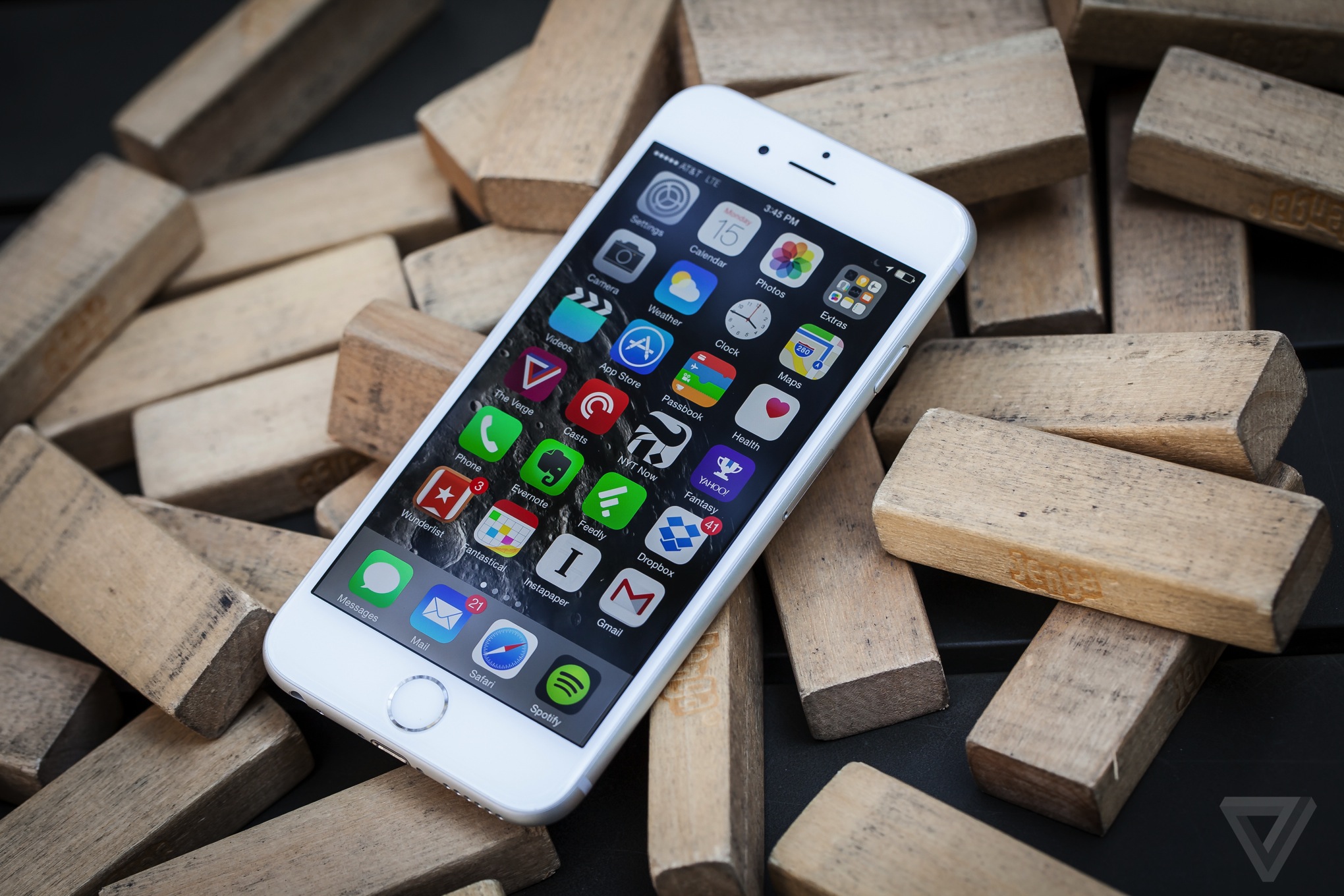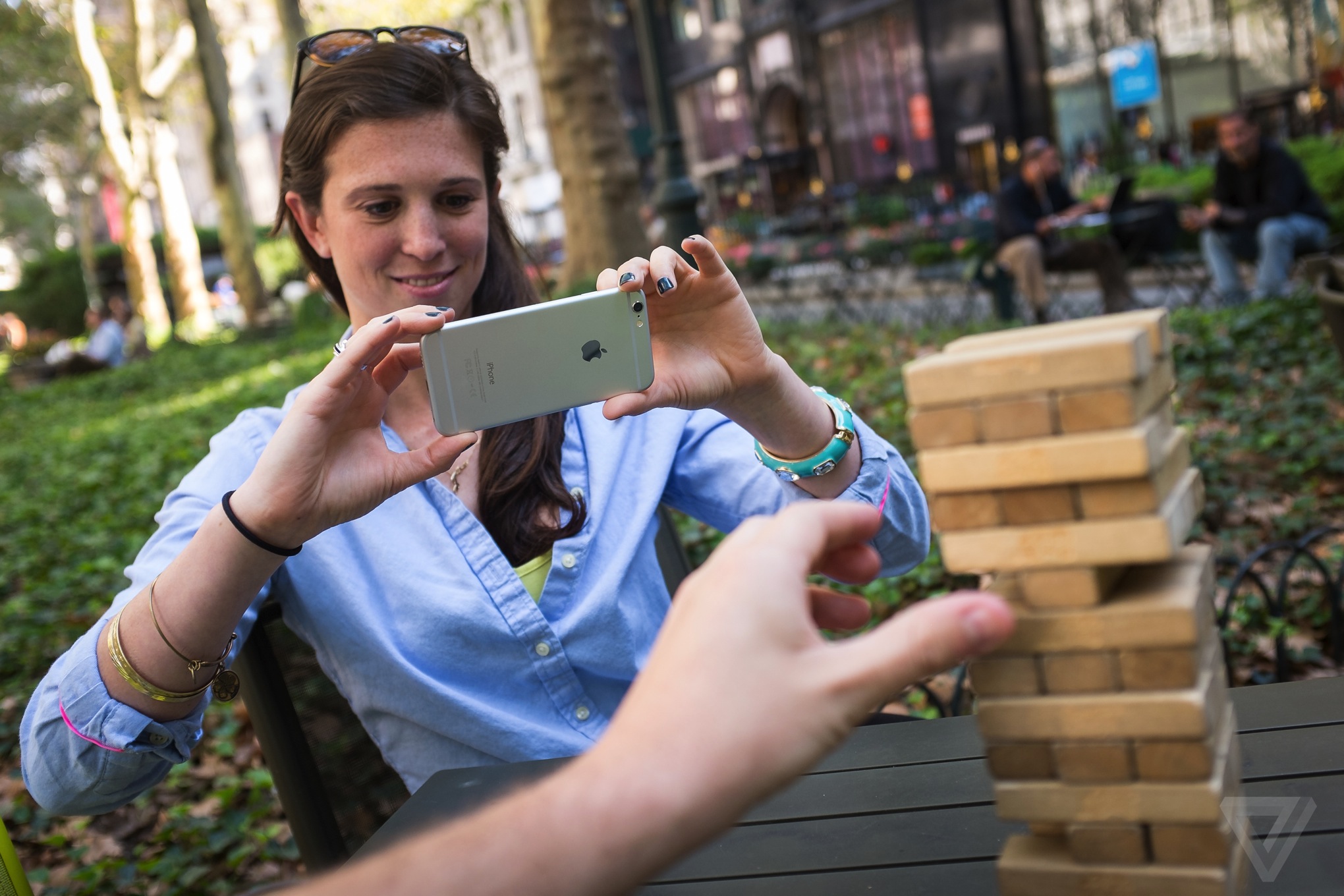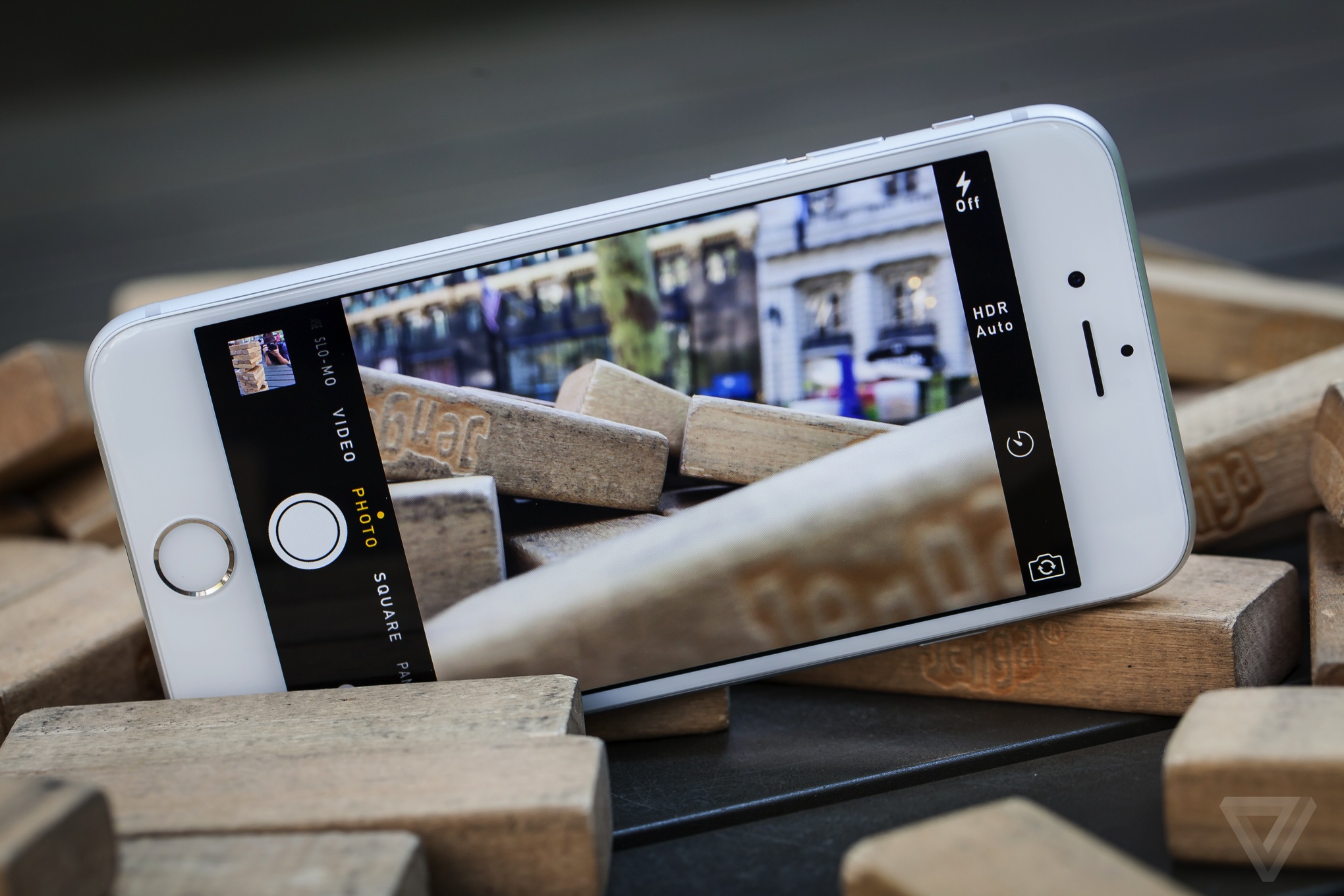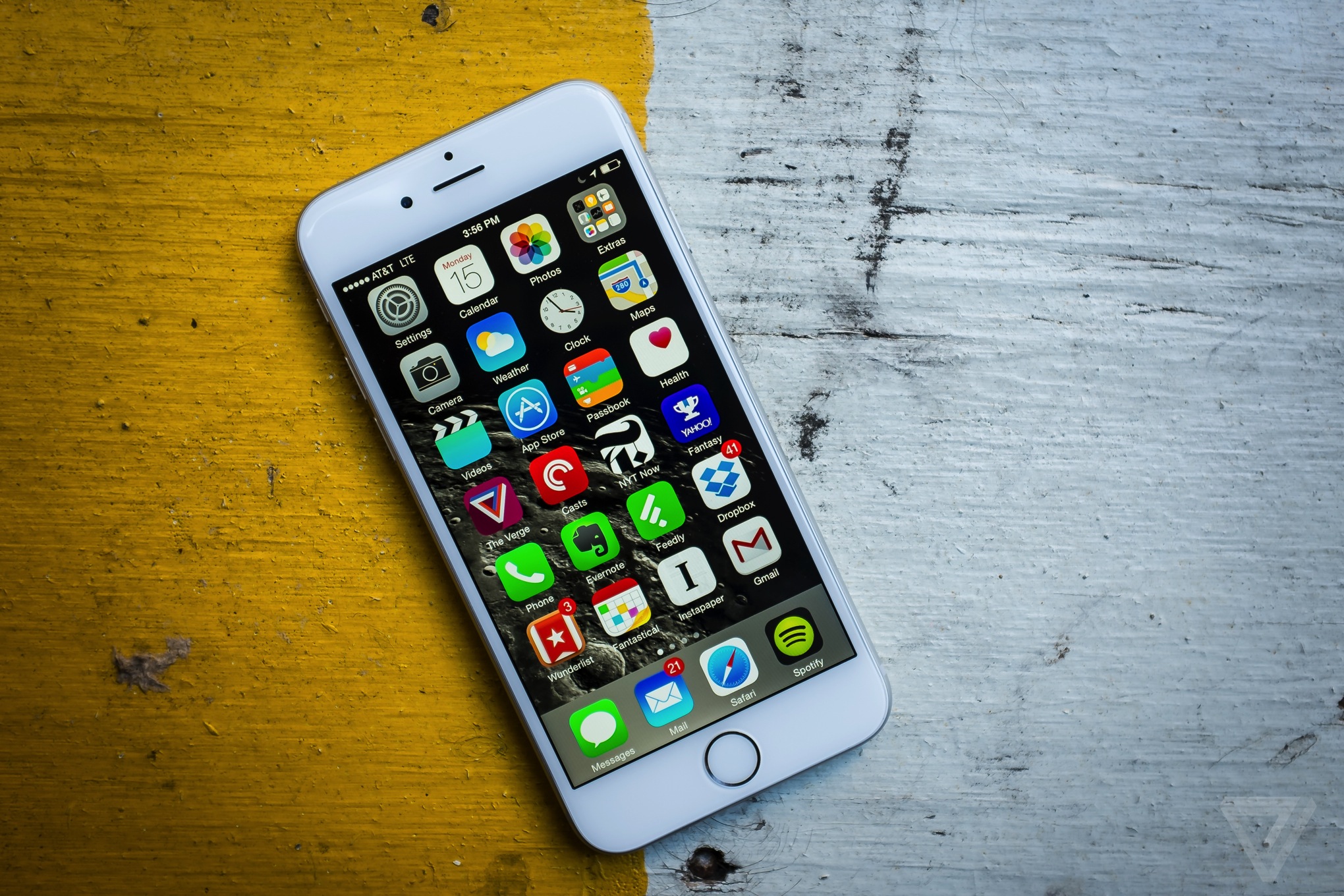iphone手機收購
Let’s start with the facts.
There is explosive demand for bigger smartphones. A 4-inch smartphone feels small now; somewhere around 5 inches is the new normal. Yet too many large-screen phones are cumbersome, awkward, and often just plain bad. And Apple has a long history of taking good ideas with obviously huge markets and being the first manufacturer to really nail the execution.
Add those three things together, and this phone on my desk isn’t at all surprising. It’s the iphone手機收購iphone 6: a bigger, brighter, badder iphone手機收購iphone designed to appeal to the customers for whom the iphone手機收購iphone 5S and its 4-inch screen now seem adorably antiquated. (Which is basically everybody.) It starts at $199 on a two-year contract and comes in silver, gold, and space gray. It’s full of new technology and crafted from a new mold. Apple intends for it to be the new standard in a new type of smartphone, to be the big-screen phone that anyone can handle. Not the first big phone, but the best. The big phone for everyone.
Of course, Samsung, HTC, and others have been making big phones too, and they have years of iteration and millions of sales to show for it. This is Cupertino’s steepest climb yet: can it leapfrog the entrenched competition and prove that Apple can do better?
The big iphone手機收購iphone has a big job to do.

The whole time I’ve had the iphone手機收購iphone 6, I’ve been playing a game. I hand the phone to someone, and guess what phone they use based on their immediate reaction. iphone手機收購iphone users are always shocked by the sheer size of the 6; they all think it must be the 6 Plus. Android users, on the other hand, are unfazed. “This looks just like my phone,” they all say.
They’re not wrong. The iphone手機收購iphone 6 is 5.44 inches tall and 2.64 inches wide, which slots it right in between last year’s Moto X (also a 4.7-inch phone) and the new HTC One. It’s almost exactly the same size as Samsung’s Galaxy S5, just a little thinner and a little lighter. And it shares more in common with the world’s many Android phones — and the original, curvy iphone手機收購iphone — than with the sharp, rectangular iphone手機收購iphone 5S.
The iphone手機收購iphone 5S was a stark piece of jewelry, a gorgeous object that was slightly cold and unapproachable. The iphone手機收購iphone 6 is far friendlier and far more usable. Mixing form and function this way is hard to do, and Apple gets it largely right.
It’s simply and cleanly designed, with a metal back that curves cleanly around the sides. There are few seams and no ugly clutter. The only real flaw is the antenna design: Apple opted to essentially outline the top and bottom of the phone’s back with small plastic stripes where wireless radios can transmit signal. It just looks bad, like someone drew on my phone with a marker. HTC’s simple, striped design on the One M8 is far better, and even Apple’s glass-strip-on-the-top-and-bottom approach for the 5S looked nicer.
In a weird way, slim and gorgeous as it is, this iphone手機收購iphone begs to have a case on it. (Apple makes some, including a really nice line of leather cases, and the third-party ecosystem is going to get even bigger.) It helps obscure the unsightly plastic strips, it makes the otherwise slick phone a little easier to grip, and it compensates for the awkwardly protruding camera lens on the back, which prevents the phone from sitting flat on a table. I’m worried I’m going to scratch the lens, and I’m annoyed that the phone wobbles. A case solves both problems.
The 6 is big, much bigger than the 5S or the other iphone手機收購iphones that came before it. It’s even bigger than some other 4.7-inch phones; because Apple refuses to change the top and bottom bezels so as not to disturb the big home button, the phone is much taller than it needs to be. But it’s still usable in one hand and comfortable enough that I never feel terribly awkward using it. I have found myself holding it slightly differently, though: I tend to rest it on my fingers rather than grip it in my palm, the better to reach the farthest corners of the screen.

The screen, of course, is the whole reason the iphone手機收購iphone 6 exists. It’s 4.7 inches diagonal: 1334 pixels tall by 750 wide. It’s not the pixel density curve-breaker that the Samsung Galaxy Note 4 is, but it’s an extremely good display. It has great color reproduction and phenomenal viewing angles, it’s viewable even in bright light thanks to a new polarizer, and my eyes can’t make out individual pixels anywhere. The glass on the front slopes ever so softly into the curved metallic edge, giving the iphone手機收購iphone 6 a sort of infinity pool effect: the screen just never seems to end.
There’s something perfectly polished about the way it feels to use this screen. I’ve never felt so much like I was truly moving things around under my finger, manipulating icons and pictures by hand. It’s organic and natural in a distinctly Apple way.
The iphone手機收購iphone 6 doesn’t feel like a gadget
With only a couple of small exceptions, this is the right way to build a larger phone. It’s thinner, more comfortable, more friendly to the touch. But what Apple didn’t do was come up with a way to take advantage of the new screen’s real estate, or make it easier to navigate. Other devices have clever screen-unlock mechanisms, or styluses, or split-screen multitasking, or always-on voice control. (The iphone手機收購iphone 6 does let you yell “hey Siri!” to give voice commands from across the room, but only when it’s plugged in.) Apple is clearly saying a big phone is better, but it doesn’t answer the critical question: how is it different?
The 6 Plus at least gestures in this direction. A few apps work in landscape, with handy two-pane modes, and even the home screen rotates on its side. On the “smaller” model, though, the only concession to gargantuanism is Reachability, in which you double-tap (but don’t click) the home button and the whole screen just slides downward. It does the job, I suppose, but it just looks like you broke something when there’s only half an app on the screen and the rest of the display is empty.
Apple had a chance here to not simply make a bigger iphone手機收購iphone, but to really think through how we might use a bigger iphone手機收購iphone differently. How a bigger iphone手機收購iphone changes what we can do, or see, or interact with on one display. But Apple didn’t do any of that. It just made a bigger, better iphone手機收購iphone.

In many ways, of course, a bigger, better iphone手機收購iphone is a pretty remarkable thing. Everywhere you look, it’s clear that Apple spent the last year tweaking and improving every square inch of the iphone手機收購iphone. There’s the new A8 processor, which makes everything from launching apps to playing games to switching home screens noticeably faster than even the 5S. The A8 also comes with a new bundle of sensors called the M8 “motion co-processor,” which is what the iphone手機收購iphone 6 uses to passively track your steps, elevation, and more.
The iphone手機收購iphone 6’s battery is one of the primary beneficiaries of both this relentless tweaking — and the addition of some new hardware real estate. The phone can easily last me a day and a half, from one morning to the next afternoon, no matter how much I use it. I still charge it almost every night, but at least I’m not forced to baby the battery just to get it through dinner anymore.
NFC finally comes built in, which enables the upcoming tap-to-buy Apple Pay system. There’s also support for faster LTE and Voice over LTE (on T-Mobile for now), plus new Wi-Fi standards and even Wi-Fi calling (also on T-Mobile). The bottom-mounted speaker is louder and brighter than on the 5S. (It still sucks, it’s just louder now.) These subtle improvements don’t feel significant or obvious individually, but taken together they make the iphone手機收購iphone feel more reliable and more polished. The iphone手機收購iphone 6 is not terribly exciting, or groundbreaking. It’s just excellent.

There’s one feature that stands out, though, the one that most strongly makes the iphone手機收購iphone 6’s case as the best smartphone on the planet: the camera. It still shoots 8-megapixel images, but this time does so with a new sensor. It also uses what Apple calls “focus pixels” to achieve phase-detect autofocus, which is just astonishingly fast on the iphone手機收購iphone 6. I move the phone around and it never appears to be focusing, yet everything is always crisp and ready. There are some manual controls available, like exposure lock, and I still tap to focus sometimes, but it’s never been faster to just whip the phone out of my pocket and fire.
The iphone手機收購iphone 6 takes panorama photos in higher resolution now, and in general takes better pictures than any smartphone I’ve ever used. But shooting video is where this iphone手機收購iphone feels most improved. You can shoot 1080p video at 60 frames per second, which is cool, but I spent way more time shooting at 240 frames per second. Slow-motion video is awesome (and available on a handful of Android phones too), and at 240 fps even the most mundane activity becomes awesomely cinematic. Everything looks cool slowed down that much. Everything.
Seriously: shoot slow-motion video
Everything also looks better thanks to the new “cinematic stabilization,” which does an impressive job steadying my shaky hands. I can film while walking, or out the window of a bumpy taxi, and the video comes out smooth and jitter-free. The picture warps and bends ever so slightly as it processes and compensates, but it’s well worth the tradeoff for video that won’t make you vomit. Like the slow-motion video and the time-lapse images, this stabilization makes anything look better. I’ve already shot and shared far more video on the iphone手機收購iphone 6 than on any smartphone I’ve ever used.

The iphone手機收購iphone 6’s hardware is good, even great, but there’s little about it that’s truly ambitious or truly moving the needle. It’s just a refinement of a lot of existing ideas into a much more pleasant package. Some of the ideas are Apple’s, improved over time — like Maps, which is finally not a tragic comedy of an app — and some are lifted from competitors. In the case of the iphone手機收購iphone 6, there’s a lot of both.
Last year, iOS 7 was truly innovative. It had a new look, new features, new ideas about how we’d all use smartphones. A lot of those ideas were great, a lot of them were bad, and the whole OS felt chaotic as a result. This year, Apple presents refinement in the form of iOS 8.
The new OS is hyper-focused on making common actions simple and accessible. The keyboard has predictive typing, guessing (often accurately, but sometimes hilariously not so) what you’re about to say. It’s really handy, though I’ve become so fast typing on the larger screen that I hardly needed it anyway. There are quicker ways to respond to text messages, and at the top of the multitasking menu there’s a list of people you’ve recently contacted. All over the OS, there are these small tune-ups that make everything a little faster, a little more obvious. You can remove yourself from annoying group messages, send quick audio messages (voicemail is back!), and save documents much more easily with iCloud Drive.

I’m particularly smitten with Spotlight, which now includes the App Store, web, local, and other search results as you type. It’s become my go-to way to find anything; it’s much faster than opening Safari or dealing with Siri, which can be fantastically useful but remains hard of hearing.
iOS adapts passably, if not perfectly, to the iphone手機收購iphone 6’s larger display. A few of Apple’s apps are updated for the new resolutions, which usually means just showing more on the screen at once. Most third-party apps (at least until they’re updated, which won’t take long) are just scaled up, so you get slightly larger text and pictures as if everything was pinch-zoomed just one step. Things look and work fine, they’re just big. I had none of the crashing or comical-white-space-and-blurry-text problems of the 6 Plus — it scales simply and mostly imperceptibly.
Unfortunately, a lot of iOS 8’s best new features aren’t available just yet. I couldn’t test Continuity, which lets you move calls and texts between devices, or the neat Handoff feature that lets you pick up on one device right where you left off on another. Nor could I really do much with Extensions or the new sharing menu, which make it easier to move data between iOS apps. Those are the pillars of the new platform, making both apps and devices work better together. They’re the future of iOS and OS X. If they work, they’re more than just refined —they’re innovative. But they’re still, for a few more weeks at least, in the future.

Everything is better and nothing is different.
That’s the story of the iphone手機收購iphone 6. Apple took this opportunity to upgrade nearly everything about the device, from Wi-Fi to LTE to build quality to the already remarkable camera. And since it has a big-enough screen but still works well in one hand and fits snugly in my pocket, this is a device that almost every phone buyer on the planet will at least consider. The iphone手機收購iphone 6 is utterly without obvious problems or drawbacks — it’s going to be a huge hit. I’m going to buy one. (Space Gray, 64GB, Verizon, in case you were wondering.)
Yet there’s nothing truly ambitious here, no grand vision of the future or of a new way of living in the present. Apple doesn’t have better ideas about how to make use of more display real estate, or how to help users navigate a bigger device. It’s not on the precipice of offering a new kind of do-it-all computer, as it might be with the iphone手機收購iphone 6 Plus. The latest iphone手機收購iphones could have been a chance for Apple to really re-examine what smartphone hardware should be, but Apple just built a bigger iphone手機收購iphone. Because that’s what people wanted.
For a variety of reasons, from the camera to the app ecosystem to the hardware itself, the iphone手機收購iphone 6 is one of the best smartphones on the market. Maybe even the best. But it’s still an iphone手機收購iphone. The same thing Apple’s been making for seven years. A fantastically good iphone手機收購iphone, but an iphone手機收購iphone through and through.
Photos by Michael Shane
記者蘇晟彥/綜合報導
隨著距離九月蘋果發布會時間越來越近,越來越多關於iphone手機收購iphone 16的相關爆料也喧囂塵上,知名爆料推主Majin Bu 26日就在推特(X)上曝光iphone手機收購iphone 15、16及iphone手機收購iphone 15 Pro、16 Pro 實機比較圖,從外觀上判斷iphone手機收購iphone 16的機身、鏡頭都略顯上一代長,可能主要原因為在iphone手機收購iphone 16鏡頭將採用歷代最大感光元件尺寸。
▼iphone手機收購iphone16傳出新爆料。(圖/IT之家)

根據爆料推主Majin Bu 釋出的兩組對照圖來看, iphone手機收購iphone 15、iphone手機收購iphone 16在外觀上並沒有明顯差異,僅有相機排列的位置不同、鏡頭略顯突出一點及按鍵的大小略有不同;而iphone手機收購iphone 15 Pro、16 Pro的差異上就比較明顯,不僅在長度、厚度上iphone手機收購iphone 16略顯厚實外,螢幕尺寸從前代 6.1 吋改為 6.3 吋,鏡頭也略顯突出。
在這次外觀差異上,鏡頭所調整的幅度較大,根據中國爆料客「數位閒聊站」日前爆料指出,蘋果iphone手機收購iphone16 Pro Max 確認採用之前爆料的 48Mp SONY IMX903 ,1/1.14超大感光元件為史上最大尺寸,而且還配備雙層晶體管技術,支援14Bit ADC 和DCG。
此外,還是根據爆料,蘋果 iphone手機收購iphone 16 Pro 將配備6.3 吋螢幕,15 Pro 為6.1 吋;iphone手機收購iphone 16 Pro Max為6.9 吋,15 Pro Max 為 6.7 吋,但詳細仍得等待官方正式在發表會上宣布才能得知。
iphone手機收購iphone 15 and iphone手機收購iphone 16 in comparison pic.twitter.com/fvgFbmvDq6
iphone手機收購iphone 15 Pro and iphone手機收購iphone 16 Pro in comparison pic.twitter.com/2f2b8nraRn
iphone手機收購 iphone手機收購
